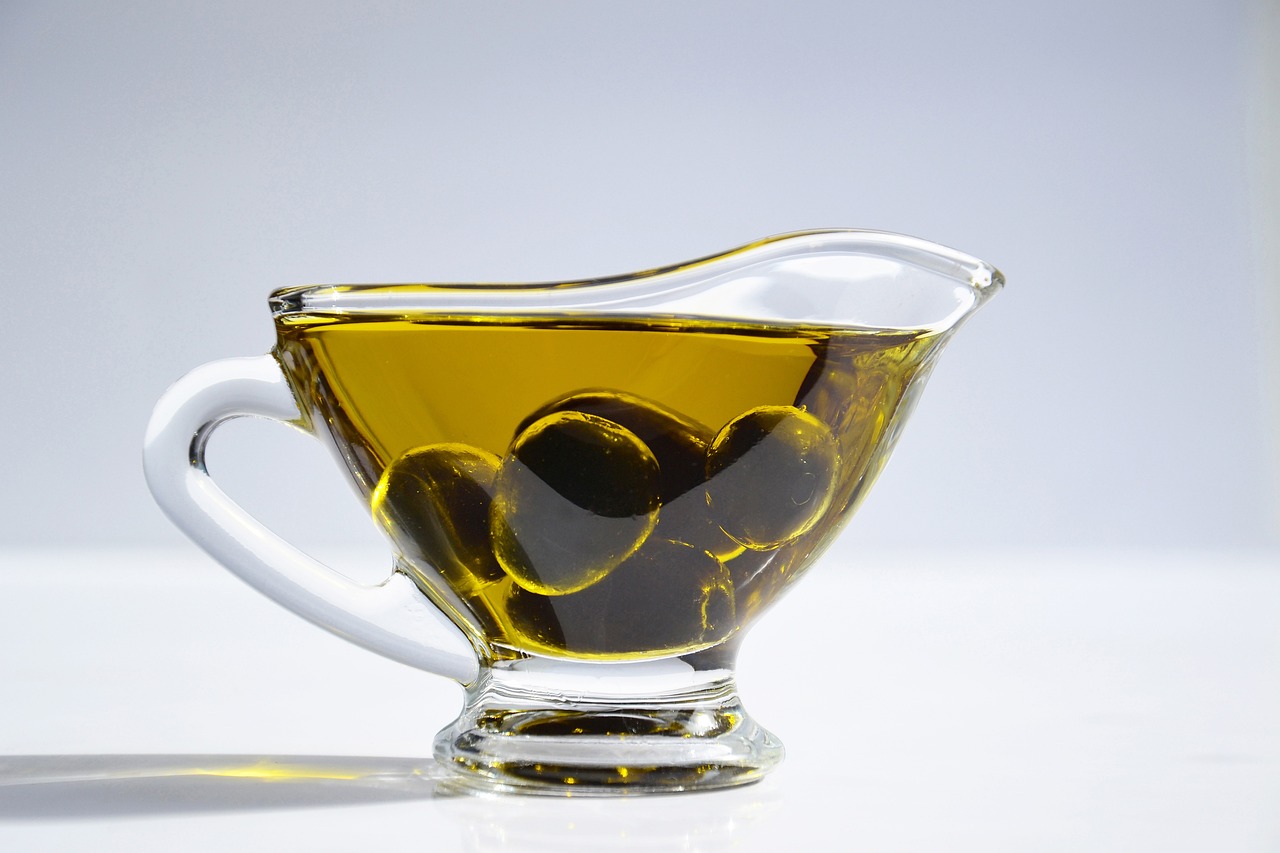The Importance of Food Science in Cooking
Food chemistry is a fascinating field that delves into the properties and reactions of various components in our food. Everything we eat is composed of different molecules that interact in complex ways when we cook or consume them. Understanding the basic principles of food chemistry is essential for creating delicious dishes and ensuring proper food safety.
One key aspect of food chemistry is the role of nutrients, such as carbohydrates, proteins, fats, vitamins, and minerals, in the foods we eat. These nutrients not only provide energy and essential building blocks for our bodies but also contribute to the flavor, texture, and appearance of our meals. By understanding how these components interact and transform during cooking processes, we can better appreciate the science behind our favorite dishes.
Understanding the Role of Enzymes in Cooking
Enzymes play a crucial role in the cooking process by catalyzing chemical reactions that dictate food’s taste, texture, and appearance. These biological molecules act as catalysts, speeding up specific reactions without being consumed themselves.
It’s important to note that enzymes are highly specific in their function, only working on particular molecules or types of chemical bonds. This specificity allows them to target the precise reactions needed to break down complex nutrients in food, such as proteins, carbohydrates, and fats.
What are enzymes and how do they work in cooking?
Enzymes are biological molecules that act as catalysts to speed up chemical reactions in food. In cooking, enzymes break down complex molecules into simpler ones, helping to tenderize meat, ripen fruit, and even ferment dough.
Are enzymes always beneficial in cooking?
While enzymes play a crucial role in many cooking processes, they can also cause unwanted effects if not properly controlled. For example, over-ripening of fruit or excessive tenderization of meat can occur if enzymes are not regulated.
How can I control enzymes in cooking?
The activity of enzymes can be controlled by factors such as temperature, pH, and the addition of other ingredients. For example, cooking at high temperatures can denature enzymes, while adding acids or salts can inhibit their activity.
Can enzymes be found in natural foods?
Yes, enzymes are naturally present in many foods, especially fruits, vegetables, and meats. For example, papaya and pineapple contain enzymes that can tenderize meat, while sprouting grains contain enzymes that aid in digestion.
Are there any enzymes that are commonly used in cooking processes?
Yes, enzymes such as amylase, protease, and lipase are commonly used in cooking processes to break down starches, proteins, and fats, respectively. These enzymes are often added as supplements to food to enhance flavor, texture, and digestibility.





